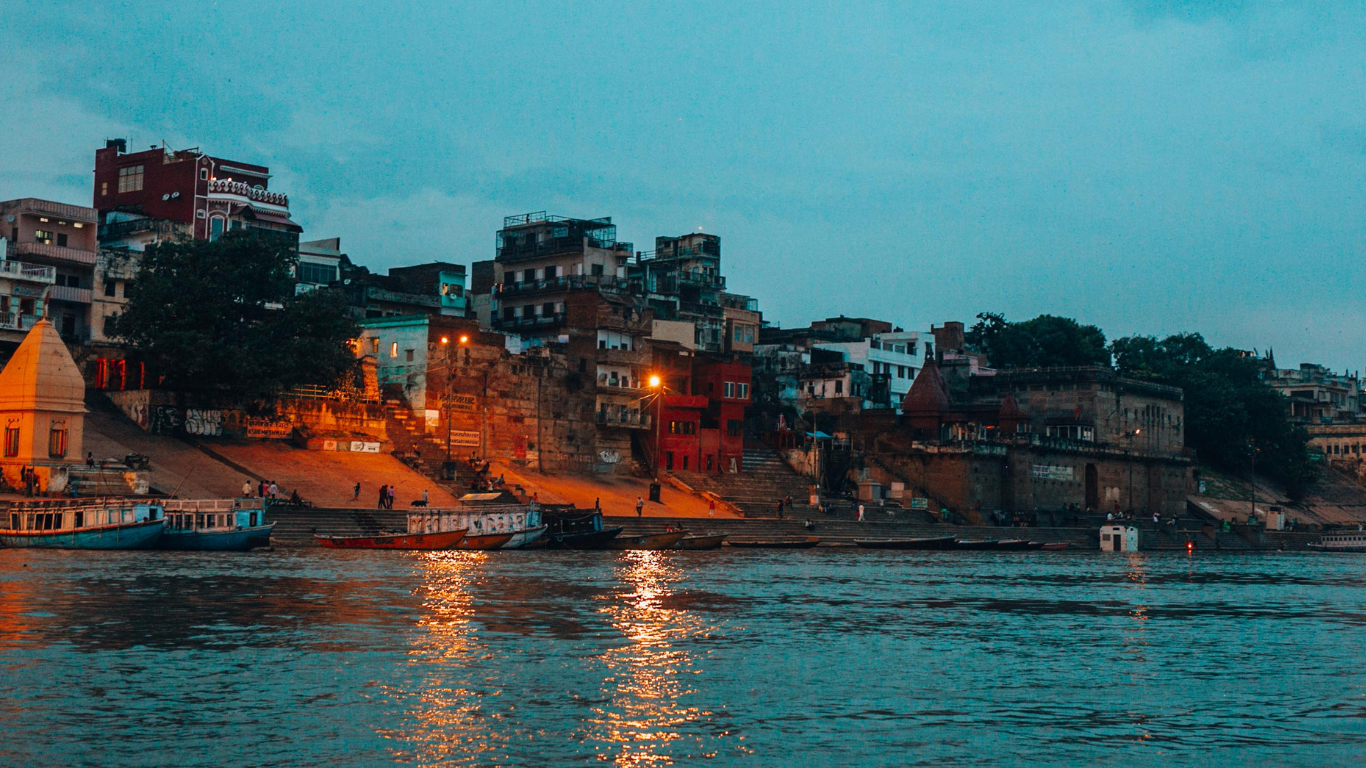The Ganga River, often called the soul of India, flows through cities, villages, and hearts. It’s water level is more than just a number—it’s a lifeline for millions. From farmers irrigating fields to cities relying on its flow, the Ganga’s water level shapes daily life. But what causes these levels to change? Why do they matter so much? This article dives into the Ganga’s water levels, exploring their causes, impacts, and what we can do to protect this sacred river. Let’s take a journey along its banks to understand why the Ganga’s flow is a story of survival, balance, and hope.
Why Ganga Water Levels Matter
The Ganga’s water level is a big deal for millions of people. It affects farming, drinking water, and even spiritual practices. When the water is too high, floods can destroy homes and crops. When it’s too low, droughts make life tough for farmers and wildlife. The river supports over 400 million people, so its health is critical. Cities like Varanasi and Kolkata depend on it for water supply. Low levels can also hurt fish and other creatures living in the river. Keeping the water level balanced is key to supporting life along the Ganga’s 2,500-kilometer journey.
Impact on Agriculture
Farmers along the Ganga rely on its water to grow crops like rice and wheat. When water levels drop, irrigation canals dry up, leaving fields parched. Too much water, though, can flood farmlands, washing away crops. In 2023, erratic monsoon rains caused sudden rises in the Ganga’s levels, ruining harvests in Bihar. Stable water levels help farmers plan better, ensuring food for millions.
Effect on Communities
Villages and cities along the Ganga depend on it for drinking water and daily needs. Low water levels can lead to shortages, forcing people to travel far for water. High levels bring floods, displacing families. In 2024, floods in Uttar Pradesh affected over 10,000 homes. Stable water levels mean safer, healthier lives for these communities.
Factors Affecting Ganga Water Levels
The Ganga’s water level doesn’t stay the same—it changes with seasons, weather, and human actions. Rainfall, melting snow from the Himalayas, and human activities like dams and pollution all play a role. Monsoons can make the river swell, while dry seasons shrink it. Understanding these factors helps us predict and manage the river’s flow to avoid disasters and keep the Ganga healthy.
Monsoon and Rainfall
Monsoons bring heavy rains from June to September, raising the Ganga’s water levels. In 2024, heavy rains in Uttarakhand caused the river to overflow, flooding nearby towns. But weak monsoons can leave the river low, as seen in 2022, when parts of the Ganga nearly dried up. Rainfall patterns are key to the river’s flow.
Himalayan Snowmelt
The Ganga starts in the Himalayas, where melting snow feeds its upper reaches. In summer, when snow melts faster, water levels rise. But climate change is slowing this melt in some areas, reducing flow. In 2023, lower snowmelt in Gangotri led to a 15% drop in water levels in some stretches, affecting downstream areas.
Human Activities
Dams, irrigation, and pollution change the Ganga’s flow. Dams like Tehri hold back water, lowering levels downstream. Factories and cities dump waste, reducing water quality and flow. In 2024, studies showed that 30% of the Ganga’s water was diverted for irrigation, lowering levels in dry months. Human actions need careful management.
Challenges of Fluctuating Water Levels
Fluctuating water levels create big problems. Floods and droughts disrupt lives, damage property, and hurt the river’s ecosystem. In 2023, floods in Bihar cost millions in damages, while low levels in Uttar Pradesh hurt fishing communities. These ups and downs also make it hard to plan for water use. Finding ways to stabilize the Ganga’s flow is a growing challenge as climate change and human demands increase.
Flood Risks
When the Ganga’s water level rises too fast, floods hit hard. Heavy rains or sudden dam releases can send water rushing into villages. In 2024, floods in Patna displaced thousands, damaging homes and roads. Floods also carry pollutants, making the water unsafe. Better forecasting and flood barriers can help reduce these risks.
Drought and Water Scarcity
Low water levels bring drought, especially in summer. In 2022, parts of the Ganga in West Bengal dropped so low that boats couldn’t move. This hurts farmers, fishers, and cities needing water. Droughts also harm the river’s plants and animals. Water conservation and better dam management can help keep levels steady.
Efforts to Monitor and Manage Ganga Water Levels
People are working hard to keep the Ganga’s water levels in check. Governments, scientists, and communities use technology and teamwork to monitor and manage the river. From satellite tracking to local cleanup drives, these efforts aim to balance the Ganga’s flow and keep it healthy for future generations. But there’s still a long way to go.
Technology and Monitoring
Scientists use satellites and sensors to track Ganga water levels in real time. In 2024, India’s Central Water Commission set up 50 new monitoring stations along the river. These tools help predict floods and droughts, giving communities time to prepare. Apps now share water level data with farmers and villagers, helping them plan better.
Government Initiatives
The Indian government launched the Namami Gange program in 2014 to clean and manage the Ganga. It includes building better dams and improving water flow. By 2025, over 200 projects were completed, like sewage treatment plants, to reduce pollution and stabilize water levels. These steps are helping, but more funding and action are needed.
Community Involvement
Local communities are stepping up too. In Varanasi, volunteers clean riverbanks and plant trees to prevent erosion, which helps maintain water levels. In 2023, a community group in Kanpur started a campaign to stop illegal water diversion. When locals get involved, the Ganga benefits, and people feel connected to their river.
The Future of Ganga Water Levels
The Ganga’s future depends on how we act today. Climate change, growing populations, and pollution are big challenges. But with smarter policies, better technology, and community support, we can keep the river flowing strong. The Ganga isn’t just a river—it’s a symbol of life. Protecting its water levels means protecting our future.
Climate Change Concerns
Climate change is messing with the Ganga’s flow. Unpredictable rains and melting glaciers are changing water levels. In 2024, experts warned that rising temperatures could reduce the Ganga’s flow by 20% by 2050. We need to cut carbon emissions and adapt to these changes to save the river.
Sustainable Practices
Sustainable practices, like reducing water waste and pollution, can help. Farmers are switching to drip irrigation to use less water. Cities are building better waste treatment plants. In 2025, Haridwar introduced a “zero-waste” plan, cutting pollution by 30%. These steps keep the Ganga’s water levels stable and clean.
Hope for the Ganga
There’s hope for the Ganga. Young people are joining cleanup drives, and scientists are finding new ways to monitor water levels. In 2024, a school in Rishikesh started a “Save Ganga” club, inspiring kids to care for the river. With everyone working together, the Ganga can keep flowing for generations to come.




